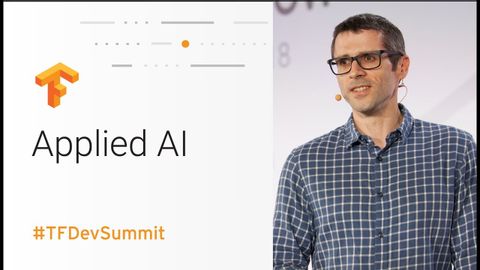可口可樂公司的應用人工智能(TensorFlow Dev Summit 2018)。 (Applied AI at The Coca-Cola Company (TensorFlow Dev Summit 2018))
 沒有此條件下的單字
沒有此條件下的單字US /ˈprɑsˌɛs, ˈproˌsɛs/
・
UK /prə'ses/
- v.t.用電腦處理(資料);(依照規定程序)處理;處理;流程;加工;理解
- n. (c./u.)(規定的)程序;過程;進程;方法;法律程序;進程
US /ɪmˈpruv/
・
UK /ɪm'pru:v/
US /ɪkˈspɪriəns/
・
UK /ɪk'spɪərɪəns/
- n. (c.)經驗;(學到東西的)經驗;經驗;經歷
- n. (c./u.)經驗;經歷;工作經驗
- v.t./i.經歷;體驗

